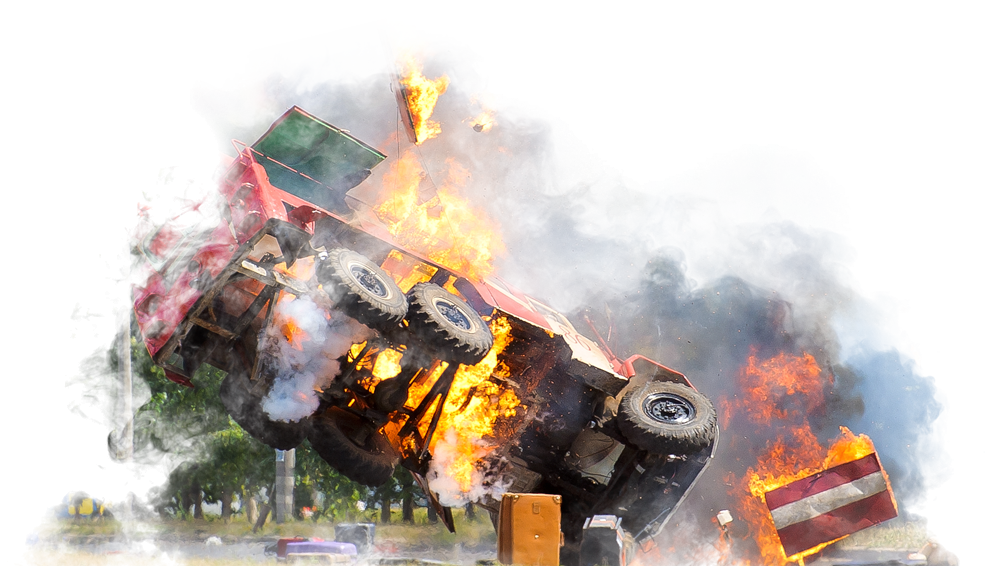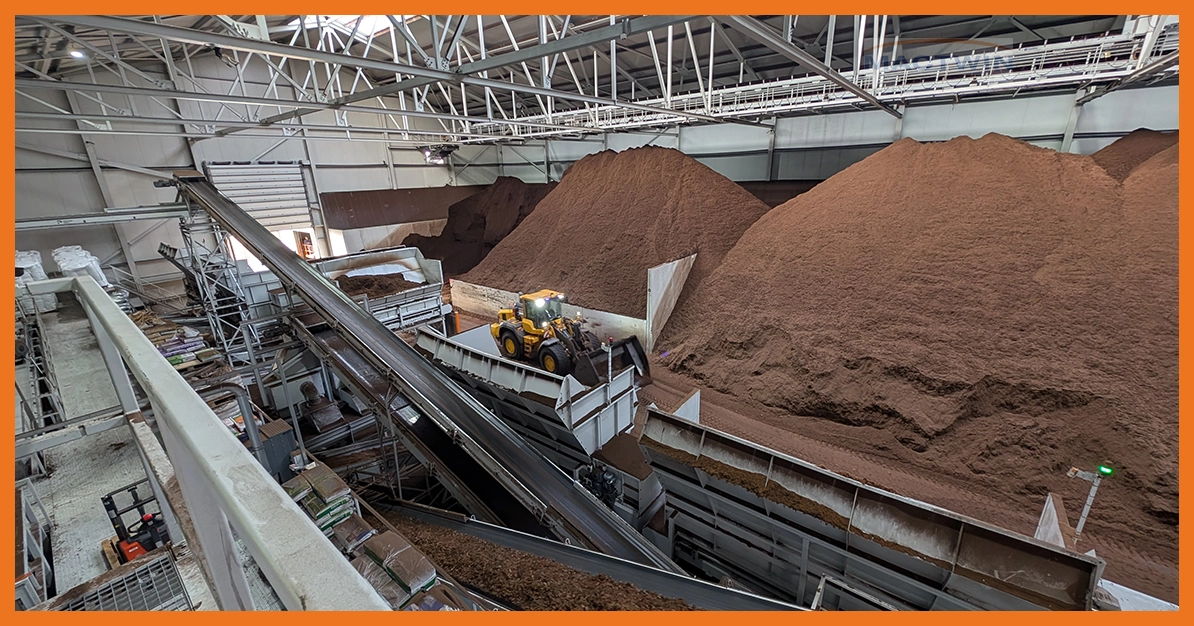Increasingly, we are witnessing the use of explosives in criminal activities; for instance, a ram-raid on an ATM or jeweler, or a robbery at a cash center. Furthermore, consider the increasing threat of explosive terrorist attacks on, for example, embassies, military complexes, or places of worship (churches, mosques, synagogues). The industry also faces explosion risks, often inherent to the operational process. Gas explosions, dust explosions, rupturing pressure vessels, transformers… Even though we speak of explosion protection, an explosion cannot simply be prevented. It can, however, be mitigated. Increasingly, we must consider how to protect our personnel and assets against the dangers of an explosion.
Designing and Implementing Solutions against Explosive Attacks
When securing against deliberate explosive attacks, we distinguish two intentions: criminal intent and terrorist intent. With criminal intent, the objective is often to gain unauthorized entry into a space by breaching a manhole with an explosive. For example, with a high-explosive contact charge or cutting charge. With terrorist intent, the goal is to cause as much damage and as many casualties as possible. This often involves explosions at a distance, such as a car bomb (or VBIED attack; Vehicle Borne Improvised Explosive Device) or a suicide bomber (or PBIED attack; Person Borne Improvised Explosive Device). One could say that criminal intent requires a security approach (how do I secure my building against intrusion) and terrorist intent requires a safety approach (how do I protect my personnel and assets against danger).
In explosion protection, we primarily focus on creating the maximum possible distance between the building and the explosion (Stand-off zone). Distance reduces the risk of progressive collapse of buildings under abnormal load. Furthermore, we minimize the danger of flying debris and broken glass and ensure that rescue and recovery operations can be optimally facilitated after the evacuation of the occupants of the affected building.
We are known for our extensive knowledge of criminal and terrorist Modus Operandi and our understanding of (complex) processes. This enables us to identify the variables influencing your organization’s resilience against an explosion. Typically, an explosion is not the only risk your organization faces. We approach your security holistically, ensuring that building elements often receive combined protection, such as explosion protection in combination with ballistic protection, fire protection and/or burglary protection. Our years of experience result in a higher security level, based on well-founded decisions.
In addition to providing a safe Stand-off zone against external explosions, we ensure that effective access control prevents internal explosions.

Optimal Solution at the Best Price
We believe in 'standard where possible, custom where necessary'. Sometimes we are compelled to add custom solutions to be truly effective against the defined attack scenario's involving explosives. This approach always delivers the best value for money.
Prerequisite is that the effectiveness of all implemented explosion-resistant measures is theoretically substantiated and practically proven is. Our standard solutions originate from world-class suppliers and have amply proven their worth proven. Our custom explosion-resistant (sub-)solutions are extensively tested with shock tubes or in open field tests in the Netherlands and/or abroad. We have extensive experience in the field of practical tests with contact charges and cutting charges on doors, windows, and walls.
Explosion-resistant windows and doors must also be healthy, comfortable, and sustainable. Building physics properties such as d aylight, acoustics, ventilation, thermal indoor climate, sun protection, material use, and for example energy performance coefficient (EPC) have a direct relationship with windows and glazing. Sustainable ambition is made transparent with BREEAM, LEED, and GPR-Gebouw. BENG and WELL also play an important role in choices for windows and glazing. In collaboration with your architect or construction consultant, we inventory these aspects and incorporate them into the design of the windows and doors.

Standards for Explosion Protection Measures
Mactwin is a knowledge-based company. We invest significant energy in acquiring, sharing, and securing knowledge about explosion protection; both within our organization and externally. This is reflected in the expertise and dedication with which our experts implement your solution.
There are no standards for protection against contact and shaped charges that are placed directly on facade elements such as doors and windows, but also walls. Mactwin has gained experience with practical tests to investigate the effect and failure progression with the aim of being able to deploy the right measures.
However, standards have been established for standoff explosions such as car bombs and industrial explosions. For example, the European standards EN 13123, EN 13124, and EN 13541. Additionally, where necessary, we utilize the American GSA-TS01:2003 and ISO standards ISO 16934 and ISO 16943. However, a standardized product alone does not guarantee the quality of your overall protection. We ensure that all measures are balanced and integrated, so that you can always provide the resistance and safety critical to your organization. Would you like to know how we go beyond where standardization ends? Please feel free to contact us!
Resistance Class of Explosion Protection
Several factors are important for defining resistance classes; these include the size of the glazing used, the distance from the explosive to the target (Stand-off), the quantity/weight of explosives, the peak pressure, impulse, and duration of the impulse. Also, the degree of splintering on the safe side and the extent to which, for example, a wall disintegrates under pressure are crucial for the safety level.
Depending on your risk profile, we choose together with you the resistance class that your situation requires and that fits your ambition.




